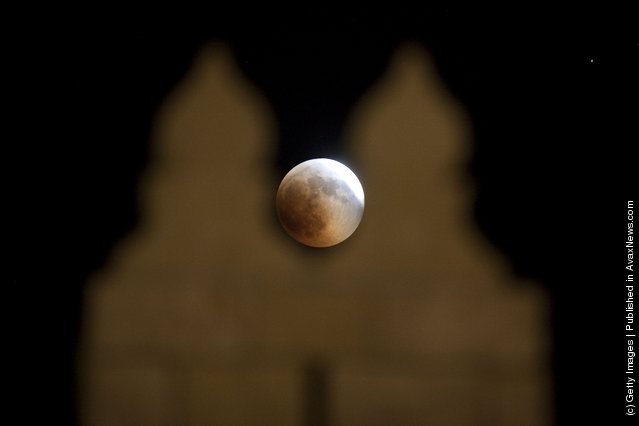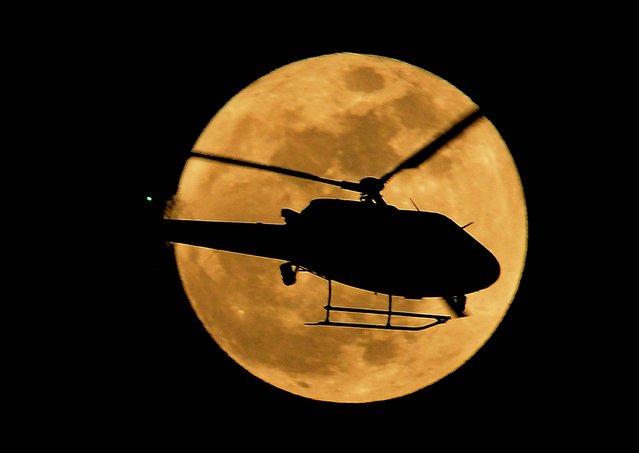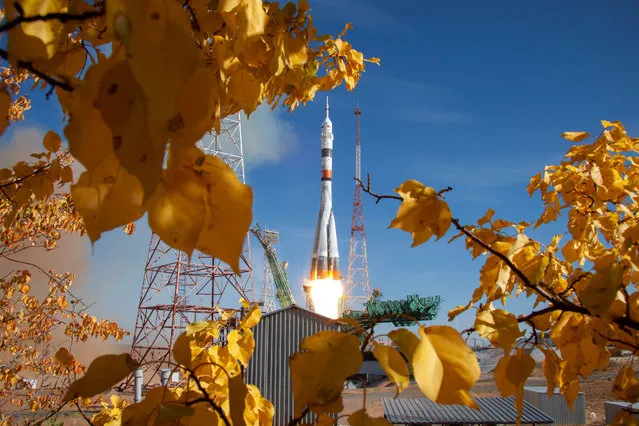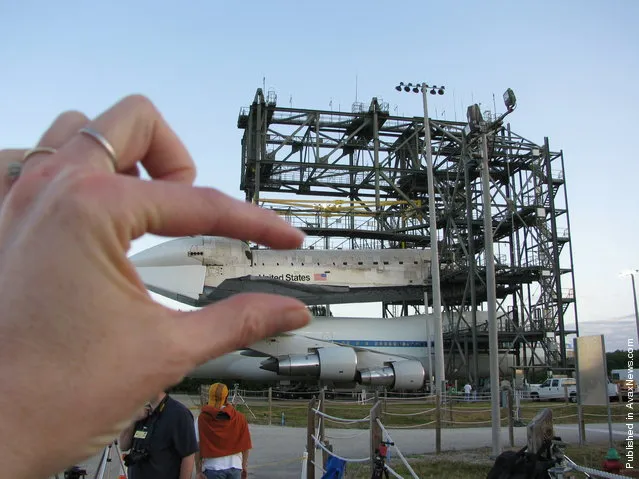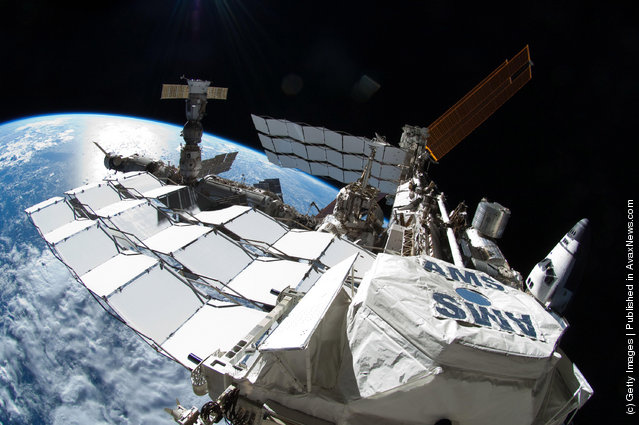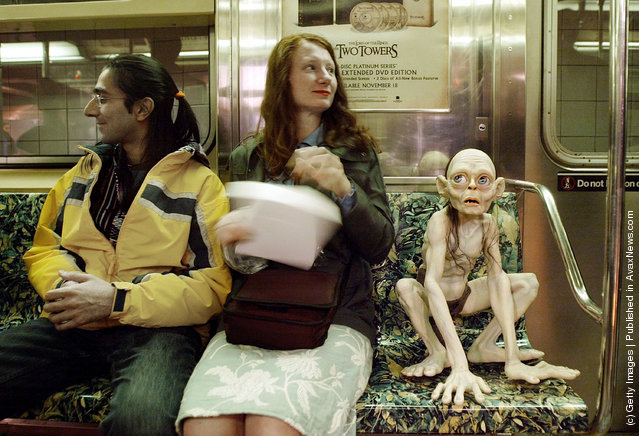
A woman sits next to a Gollum figure on the “Middle-earth Shuttle” subway train November 18, 2003 in New York City. The train's cars were decorated with Middle-earth creatures, vines, moss and stones to celebrate the November 18 DVD and VHS release of the Special Extended Edition of The Lord of the Rings: The Two Towers. (Photo by Mario Tama/Getty Images)
08 Jun 2011 09:36:00,post received
0 comments

